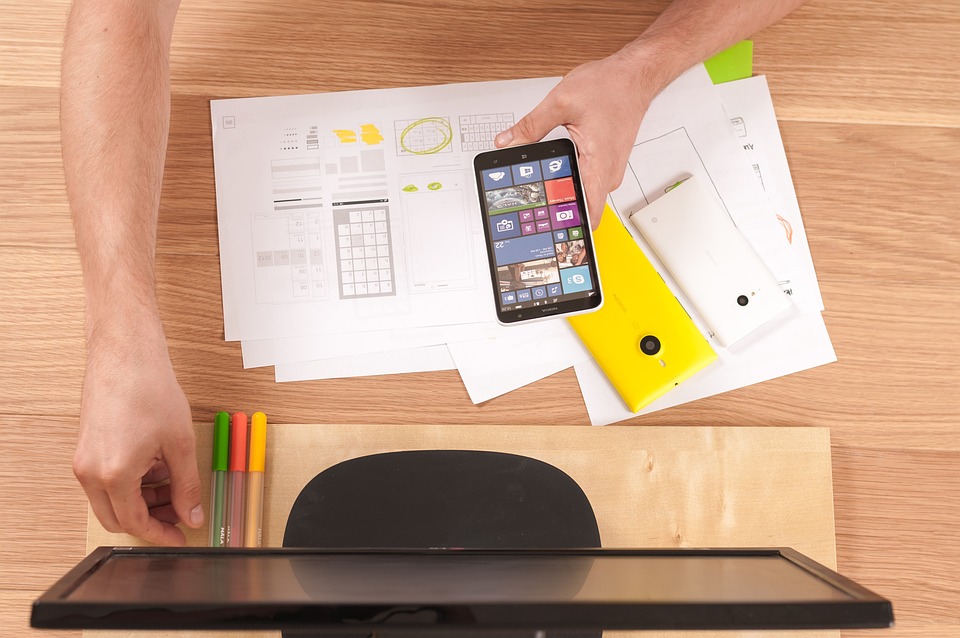Title: Windows 10 Troubleshooting Printer Setup: A Complete Guide
Introduction
Setting up a printer on a Windows 10 operating system can be a straightforward process, but it often comes with its fair share of challenges. Common issues that users encounter when trying to connect their printer to their Windows 10 device include driver errors, connection problems, and compatibility issues. In this article, we will provide a comprehensive guide to troubleshooting printer setup on Windows 10, including step-by-step instructions and solutions to common problems.
Checking Printer Compatibility
Before you begin setting up your printer, it’s essential to ensure that the device is compatible with Windows 10. Most modern printers are compatible with Windows 10, but it’s always a good idea to check the manufacturer’s website for compatibility information or to consult the printer’s user manual.
Checking Printer Connections
One of the most common issues users face when setting up a printer on Windows 10 is connectivity problems. To troubleshoot this issue, start by checking the physical connections between the printer and the computer. Ensure that the printer is properly plugged in and that the USB cable or network connection is secure. If you’re using a wireless printer, make sure that it is connected to the same network as your Windows 10 device.
Installing Printer Drivers
Once you’ve verified the compatibility and connections, the next step is to install the printer drivers on your Windows 10 computer. Windows 10 usually automatically detects and installs the necessary drivers for most printers, but if your printer requires specific drivers, you may need to download and install them from the manufacturer’s website.
To install printer drivers on Windows 10, follow these steps:
1. Open the Settings app by pressing the Windows key + I on your keyboard.
2. Click on Devices.
3. Select Printers & scanners from the left-hand menu.
4. Click on Add a printer or scanner.
5. Windows will search for any connected printers. If your printer is not listed, click on The printer that I want isn’t listed.
6. Follow the on-screen instructions to install the printer drivers manually.
Troubleshooting Printer Errors
Despite your best efforts, you may encounter error messages or problems when setting up your printer on Windows 10. Some common printer errors and ways to troubleshoot them include:
1. Printer not responding: If your printer is not responding to print requests, try restarting both the printer and the computer to reset the connection.
2. Printing blank pages: If your printer is producing blank pages, it may be a sign of low ink levels or a clogged printhead. Replace the ink cartridges or clean the printhead as per the manufacturer’s instructions.
3. Print queue stuck: If your print job gets stuck in the queue, you can clear it by opening the Control Panel, selecting Devices and Printers, right-clicking on your printer, and selecting See what’s printing. From there, you can cancel any pending print jobs and restart the printer.
4. Printer offline: If your printer is showing as offline, you can try resetting the printer, checking the connection, or restarting the Print Spooler service on your computer.
Updating Windows 10 and Printer Firmware
It’s essential to keep both your Windows 10 operating system and your printer’s firmware up to date to ensure compatibility and reliability. To update your Windows 10 computer, go to Settings > Update & Security > Windows Update and check for any available updates. To update your printer’s firmware, visit the manufacturer’s website and follow their instructions for updating the printer’s software.
Contacting Manufacturer Support
If you’ve tried all of the above troubleshooting steps and are still unable to set up your printer on Windows 10, it may be time to seek assistance from the manufacturer’s customer support. Most printer manufacturers offer online resources, support forums, and live chat options to help users troubleshoot and resolve printer setup issues.
Conclusion
Setting up a printer on Windows 10 can be a frustrating experience when things don’t go as planned. However, by following the troubleshooting tips outlined in this article, you can navigate through common issues and successfully connect your printer to your Windows 10 device. By checking compatibility, verifying connections, installing drivers, troubleshooting errors, and keeping your software updated, you can ensure a smooth and seamless printing experience on your Windows 10 computer. If all else fails, don’t hesitate to reach out to the manufacturer’s customer support for assistance. With the right approach, you can overcome any printer setup challenges and get back to printing with ease.
How to troubleshoot printer setup issues on Windows 10
Setting up a printer on Windows 10 can be challenging, but this guide provides troubleshooting tips. Check printer compatibility on the manufacturer’s website, verify connections, and install drivers. Troubleshoot common errors like unresponsiveness, blank pages, print queue issues, and offline status. Keep Windows 10 and printer firmware updated. If issues persist, seek help from the manufacturer’s customer support. Following these steps will ensure a smooth printing experience on Windows 10.
